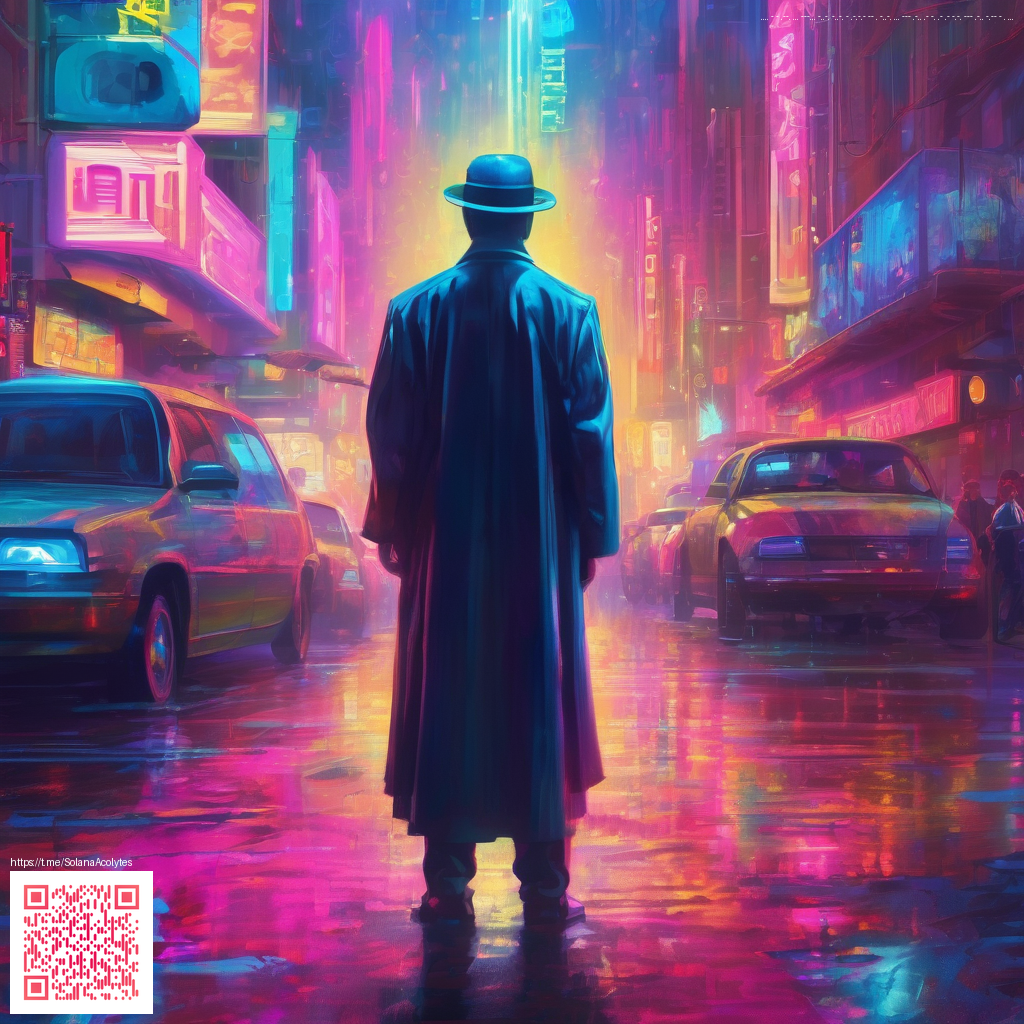
A Genre Shift in a Modern Narrative FPS
In a landscape where shooters often chase spectacle alone, this title shifts the equation by placing storytelling at the heart of the action. Set against a dystopian backdrop, it invites players to wrestle with moral choices, personal courage, and the consequences of resistance. The result is a campaign that feels cinematic without sacrificing the immediacy of gunplay and movement.
What makes this approach stand out is the way level design, pacing, and character moments intertwine. Every encounter becomes a chance to advance a story beat while testing reflexes and timing. The experience rewards experimentation, whether you sneak through a patrol route or break a doorway with a roar, and that tension keeps the player engaged on multiple levels beyond pure reflexes.
Gameplay that redefines how we interact with story
Conventional shootouts sit alongside flexible options for approaching each scenario. Players can opt for stealth routes to avoid alarms, or pick up the pace with crowd control and explosive action. The level scaffolding nudges you toward choosing a path, then adapts to how you execute it, elongating the moment to savor every decision.
- Nonlinear pacing within missions that rewards exploration
- Dual paths in many sequences blending stealth and dramatic set pieces
- Weapon variety and meaningful upgrade paths across playthroughs
- Smart enemy AI that responds to your chosen approach
- Movement and cover mechanics that reward precision and timing
Narrative machinery and world building
The storytelling cadence hinges on tight transitions between action and dialogue. Between missions you encounter cinematic beats, in game radio chatter, and diary excerpts that illuminate the human cost of the resistance. Characters arc with gravity, especially as an imposing antagonist lingers in the memory, making every choice feel consequential rather than decorative.
These design choices lift the experience beyond a standard action romp. The world feels lived in because small details matter: environmental storytelling cues guide you to hidden routes, while audio logs and speeches give texture to the broader conflict. The result is a sense of momentum that carries you through brutal battles and quiet, intimate moments alike.
Community pulse and modding energy
On PC and enthusiast communities, modding thrives as players push for improved visuals, accessibility tweaks, and quality of life enhancements. The engine foundation makes experimentation accessible, and fans create tutorials and guides that help newcomers and veterans collaborate to refine the experience. This ecosystem keeps conversations alive long after the last credits roll.
Modders focus on performance tuning, texture upgrades, and subtle gameplay balance adjustments that preserve the game’s tone while smoothing technical rough edges. The conversations around how to preserve intent while enabling broader accessibility show a healthy maturity in community culture. It is a reminder that fan ecosystems can extend a game’s shelf life far beyond its original launcher window.
Updates that matter without turning into a service
Post launch, the studio and publisher delivered patches aimed at stability and responsiveness rather than ongoing monetized features. Improvements typically covered frame pacing, input latency, and compatibility across a spectrum of hardware. While not a live service, these updates helped maintain a consistent, immersive feel across consoles and PC, supporting the narrative experience rather than distracting from it.
Critics noted that the polish level stayed high as the game matured, with performance work allowing players to experience key scenes as intended. Accessibility options, texture streaming refinements, and options for higher frame rates contributed to a friendlier experience for a broader audience. The commitment to a solid technical foundation reinforced the power of a well told story within a shooter’s tempo.
Developer commentary and design philosophy
Studio representatives have emphasized that narrative and action are not competing priorities but complementary forces. By weaving character-driven stakes into the architecture of tense firefights, the team demonstrates a belief that emotion can intensify an adrenaline fueled sequence. The insistence on cohesion between cut scenes and interactive segments helps maintain immersion and clarity about who is fighting whom and why.
From this perspective, the project embodies a broader design philosophy: players should feel not only skilled but also implicated. The world tests you with choices that ripple outward, creating a sense of responsibility for outcomes that go beyond a single mission. That alignment between story and mechanics has positioned the game as a touchstone for discussions about how narrative driven shooters can behave in the modern era.
Impact on the genre and future titles
As a result, a new frame for narrative first person experiences began to take shape. The approach demonstrates that a shooter can deliver cinematic intensity while maintaining core aspects of interactivity and agency. In design circles and player communities, the emphasis on meaningful moments between firefights sparked conversations about pacing, player choice, and the value of a story lived through gameplay rather than told through cut scenes alone.
Looking ahead, developers and players alike are more likely to seek titles that balance memory making battles with character depth. The conversations around authentic storytelling and action oriented gameplay continue to influence how studios prototype campaigns and how fans evaluate them. The result is a more dynamic conversation about what a shooter can be when narrative ambition and mechanical precision walk hand in hand.
Support independent creators by contributing to a decentralized internet through a Ko tea style donation. Your support helps sustain thoughtful, long form coverage that digs into how games reshape genres 💠
Support on Ko-fi